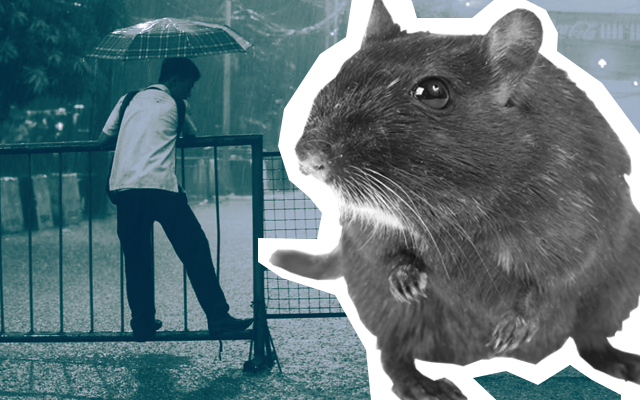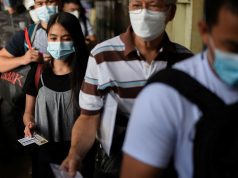
Health officials have confirmed an increasing number of leptospirosis cases in 2018 following the onset of the rainy season prompting a renewed information drive about the dangers of the deadly disease.
Growing problem
At least 1,030 cases of leptospirosis have been recorded halfway through 2018, confirmed Health Undersecretary Eric Domingo in a recent news interview.
According to Domingo, there have been 99 fatalities, an unusually high number.
Romina Danguilan, deputy director for medical education and research at the National Kidney and Transplant Institute said that they have recorded 44 cases, already breaking their 2017 count. She added that six of the fatalities they recorded resulted from lung hemorrhage.
Considered one of the most serious health hazards during the rainy season, leptospirosis is caused by the bacteria leptospirae, found in the urine of sewer rats.
Flooding often leads to the spread of urine from rats, leaving those who wade in flood susceptible to infection. The disease has an incubation period of one to two weeks.
Muscle pain, fever, red eyes, body aches, jaundice, difficulty peeing, and headaches are the most common symptoms of leptospirosis.
Leptispirosis often becomes fatal when it spreads to the liver, lungs, and kidneys.
Domingo recommends those experiencing symptoms to immediately consult a doctor and seek treatment, while Danguilan has cautioned the public not to self-medicate.
An infographic on avoiding and treating leptospirosis is still available on the official Facebook page of the DOH.
Aside from the Department of Health, other health organizations and medical practitioners have given tips on how to fight leptospirosis readily available for the public.
One doctor has circulated an infographic cautioning against ineffective methods of preventing the disease. The infographic also contains information on the drugs that prevent leptospirosis.
Contrary to what was said in State of the Nation last night at @gmanewstv cleaning with soap & water after wading in flood waters is not enough to PREVENT leptospirosis pic.twitter.com/irDVF8h58v
— Sids Manahan, MD ?? (@PhRheumaJr) June 28, 2018
The Philippine Information Agency has also circulated its own infographic, where it explains what causes the disease. The agency advocates prevention through the use of boots and gloves when wading through flood.
“Still, the best way is prevention. Avoid, if you can, wading in floodwaters to prevent being infected by the leptospirae bacteria,” said Health Secretary Francisco Duque III while warning the public about the dangers of leptospirorsis during the rainy season.









